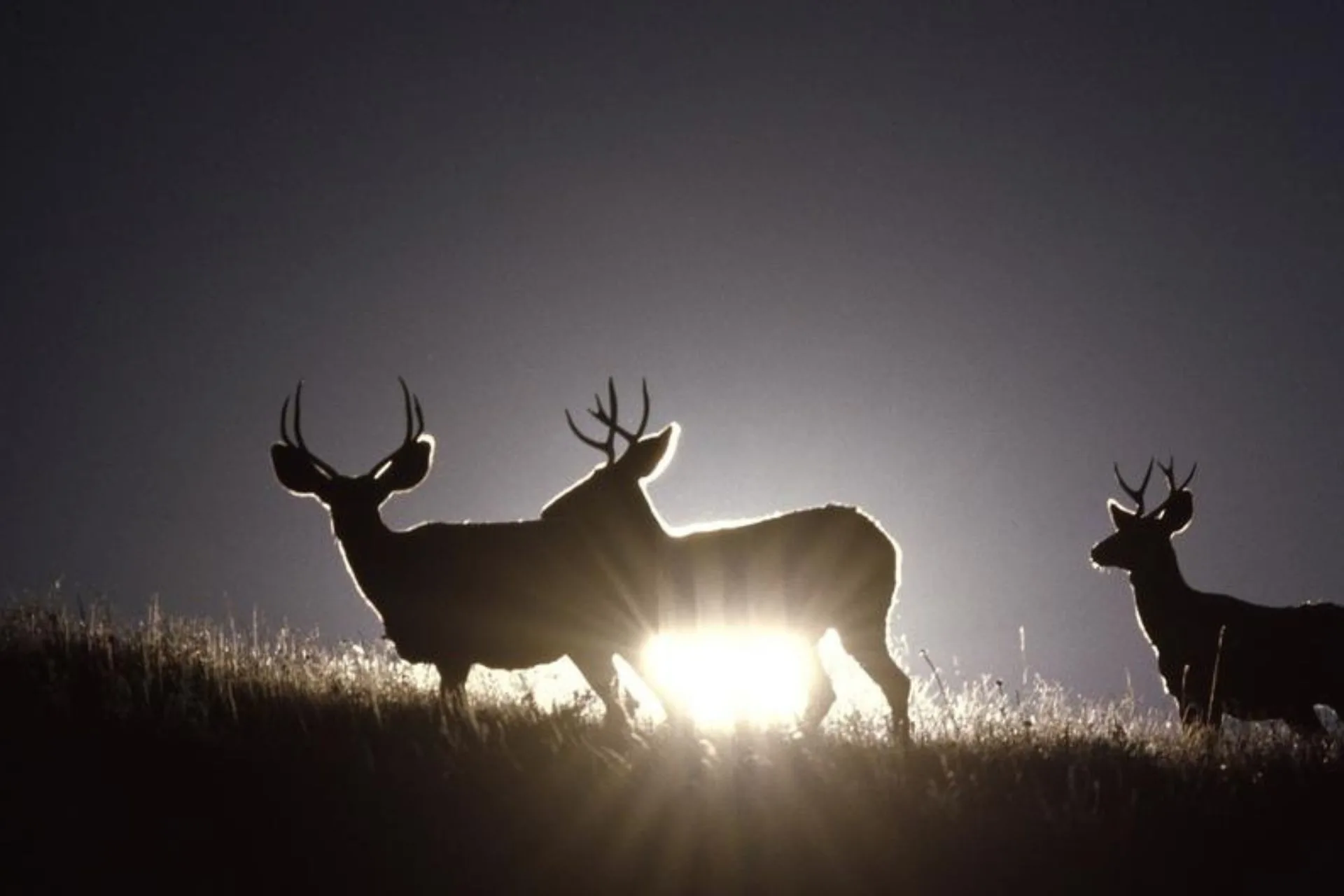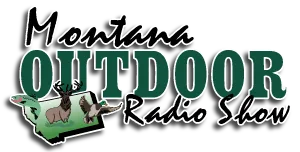The sun is coming up, you are locked and loaded, and several bucks come into range. All of them are huge but…
What deer or elk should an ethical hunter shoot? Once you pull the trigger, you can’t return the arrow or bullet. Mule deer hunters often tell the story about after they shoot a big buck, a bigger mule deer stands up nearby. They wish that they would have waited and made a different choice.
You have made a choice. There are several reasons that may help you make your own personal choice.
My hunting mentors taught me to take the best shot at the first legal critter that God sends your way. They forgot to mention what to choose if there are several.
On a Montana deer hunt, I was in pursuit of a big whitetail that I had seen several times. He was a 5×5 with a 25 inch or so spread. I was stalking across an opening to get into some nearby cover when I sensed that I was being watched. I froze and slowly looked toward a nearby hill and saw 5 whitetails looking at me. They were in a line and about 10 yards apart from each other. The big 10 point was in the lead, but all the bucks were huge. Each presented an open broadside shot but… suddenly I sensed movement to my right. Another buck stepped out. He was a huge mule deer buck! After scanning every deer, I shot the Mulie. He was well over 300 pounds and provided the most meat. I had to quarter him and use meat sacks to transport him to my wheeler access. For me, this was the best choice.
What you should consider before pulling the trigger.
Look for injuries or wounds Wounded critters will limp or show signs of injury. Blood, dirt, tears in the hide all mean a festering infection that can ruin the meat. An archer friend once shot a great bull with 7 festering arrow wounds from other hunters. The entire animal was ruined.
Are you looking for a trophy? Trophies are generally about how big the antlers are. A monster Bull will be a trophy but not the best choice for eating. Tough, blue meat will be chewy and stringy. Perhaps a great wall hanger but not very tasty. Some hunters just give away any meat and just seek antlers and mounts.

Are you wanting the best eating? After 3 years in age, most wild critters become tougher to eat. You also need to consider what the critters are eating. Rough country sage is a different food than wheat, barley, corn, alfalfa, or a healthier food source. Does often make better table fare.
Is the critter showing symptoms of a disease? CWD and other diseases have become a huge concern. Know and look for the symptoms and be observant. You do want to feed your family a diseased critter.
Is the critter legal? Is the bull antler branched? Are the antlers over 3 inches long? How many tines are on the rack? Is the critter standing on legal access? Is it legal shooting time? All these thoughts and more must be considered before taking your One Best Shot.
Can you retrieve the critter if you kill it? Just because you can kill can you get it back to the truck? A cliff, lack of access, a river or natural obstruction may prevent reasonable transport.
Which critter offers the best shot? If some of the critters do not present the best shot, shoot the one that does. If you wait too long, you may not get any shots. There will be more chances during a lifetime of hunting.
Which shot is the safest or surest? Safety first. No skyline shots. Consider pass through potential. Is the shot ethical and the best angle.
Once you pull the trigger, your choice has been made. Hopefully the one best shot was perfect, and your downed critter did not suffer. Approach the critter from the rear and look for any movement or evidence of life. Touch the eye with a stick. Now that you know the critter is dead, unload your weapon and begin to relax. Your One Best Shot was your Best!
Ethically and respectfully begin the hard work of dressing and transporting your hard-earned reward. This critter will provide food and memories. Your skill as a hunter and confidence will grow.

Take your Best Shot!
Montana Grant



